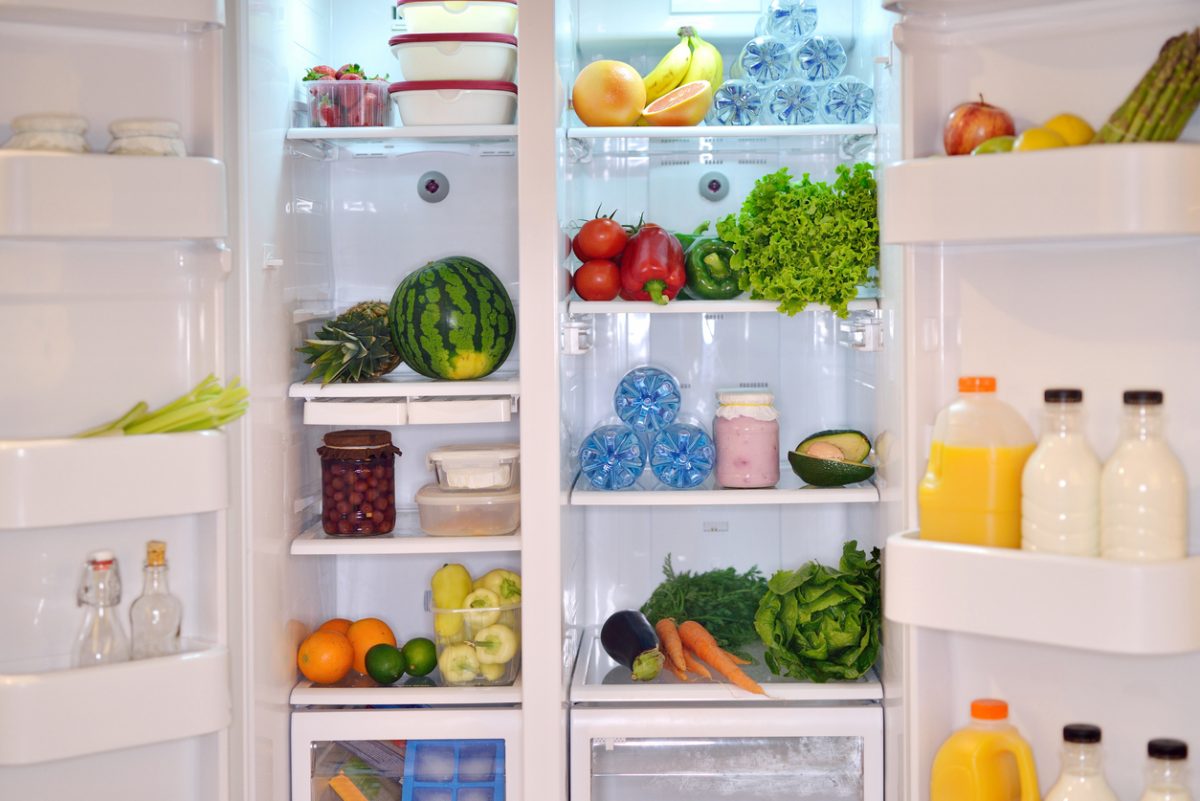
Between indoor air pollutants and allergens like dust and pollen, PM 2.5, smoke from wildfires and illnesses like flu, COVID, RSV, and the common cold, there are plenty of reasons to pay more attention to indoor air quality.
According to the U.S. Environmental Protection Agency (EPA), most people spend about 90 percent of their time indoors, where levels of pollutants can be two to five times higher than outdoors. Those levels of indoor air pollutants are of particular concern in the fall as it gets cooler, and people begin to spend even more time indoors.
If you are looking for a room air cleaner or vacuum, you likely have come across the term ”HEPA.” HEPA stands for “high efficiency particulate air” and refers to a type of air filter designed to trap very small particles. To be classified as HEPA, the filter must meet strict U.S. Department of Energy standards, which require the filter to capture at least 99.97% of airborne particles as small as 0.3 microns in diameter. These particles include dust, pollen, mold spores, bacteria, and some viruses.
HEPA filters are made of a dense mat of fibers, usually composed of fiberglass, which create a maze-like structure that captures particles through a combination of three mechanisms:
- Interception: Particles following the airstream come into contact with the filter fibers and stick to them.
- Impaction: Larger particles can’t follow the airstream around fibers and instead collide with them.
- Diffusion: Smaller particles move erratically, increasing the chance they will hit a fiber and become trapped.
HEPA filters can improve indoor air quality because they:
- Remove allergens and pollutants: HEPA filters can capture common indoor allergens like dust mites, pollen, pet dander, and mold spores, improving air quality for people with allergies or respiratory conditions.
- Capture harmful microorganisms: HEPA filters are capable of trapping illness-causing bacteria, viruses and mold.
- Reduce smoke and odors: HEPA filters can capture smoke particles, improving air quality in environments where tobacco smoke, wildfire smoke, or pollution is a concern.
HEPA filters are included in a variety of household products designed to improve air quality and cleanliness. Some common types of products that utilize HEPA filters include:
Air cleaners: Standalone portable room air cleaners are designed specifically to clean indoor air. They may use HEPA filters to trap dust, pollen, mold spores, pet dander, smoke, and other particles. If you live in an area affected by wildfires, or have tobacco smokers in the home, an air cleaner with a HEPA filter and activated carbon filter can also help reduce the smell of smoke in your home. (Learn more about AHAM Verifide below.)
Vacuums: HEPA-filtered vacuums prevent dust, allergens, and fine particles from being released back into the air while cleaning carpets, rugs, and floors.
Home dehumidifiers with air filtration: Some dehumidifiers are equipped with HEPA filters, meaning they both reduce moisture and capture fine particles in the air.
HEPA filters are particularly valuable in settings where maintaining clean, allergen-free air is important, such as homes with allergy sufferers or environments prone to airborne particles like smoke or dust. It is important to change HEPA filters according to the manufacturer’s recommendations.
About AHAM Verifide
Portable room air cleaners, also called air purifiers, represent the quickest, most accessible option for improving indoor air quality in the home. When you are ready to purchase an air cleaner, always look for the AHAM Verifide® mark. Room air cleaners certified through the AHAM Verifide program have been rigorously tested by an independent laboratory to ensure the product will perform to the manufacturer’s product claims for the suggested room size. AHAM’s standard for measuring an air cleaner’s efficacy is called the Clean Air Delivery Rate (CADR). CADR indicates the volume of filtered air an air cleaner delivers, with separate scores for tobacco smoke, pollen and dust. The higher the CADR number for each pollutant, the faster the unit filters the air. The AHAM Verifide mark can be found on product packaging.
To find AHAM Verifide® room air cleaners, use AHAM’s online searchable directory to locate the model that is right for you.




